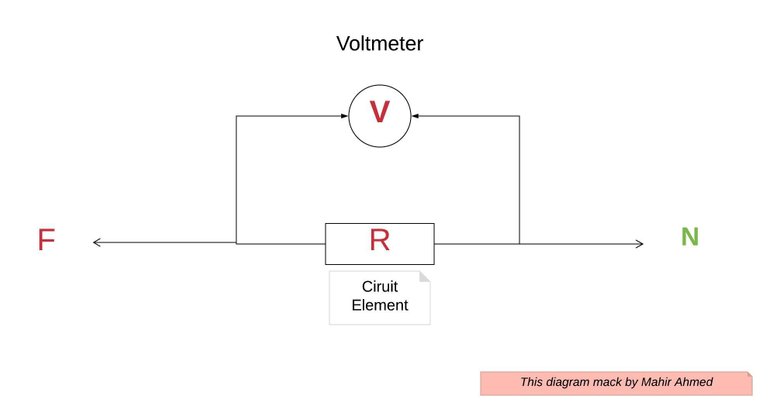ELECTRICAL ENGINEERING: The typical curriculum of an undergraduate electrical engineering student includes the subjects listed in Table 1.1. Although the distinction between some of these subjects is not always clear-cut, the table is sufficiently representative to serve our purposes. The aim of this book is to introduce the non-electrical engineering student to those aspects of electrical engineering that are likely to be most relevant to his or her professional career. Virtually all of the topics of Table 1.1 will be touched on in the book, with varying degrees of emphasis. The following example illustrates the pervasive presence of electrical, electronic, and electromechanical devices and systems in a very common application: the automobile. As you read Table 1.1 Electrical through the example, it will be instructive to refer to Table 1.1.
Table 1.1
ELECTRICAL ENGINEERING
Circuit analysis
Electromagnetics
Solid-state electronics
Electric machines
Electric power systems
Digital logic circuits
Computer systems
Communication systems
Electro-optics
Instrumentation systems
Control systems
Current:
Current can be defined as the motion of charge through a conducting material. The unit of current is Ampere whilst charge is measured in Coulombs.
Definition of an Ampere:
“The quantity of total charge that passes through an arbitrary cross section of a conducting material per unit second is defined as an Ampere.”
Mathematically,
where Q is the symbol of charge measured in Coulombs (C), I is the current in amperes (A) and t is the time in seconds (s). The current can also be defined as the rate of charge passing through a point in an electric circuit i.e.

A constant current (also known as direct current or DC) is denoted by the symbol I whereas a timevarying current (also known as alternating current or AC) is represented by the symbol i or i(t).
Voltage or Potential Difference:-
Voltage or potential difference between two points in an electric circuit is 1 V if 1 J (Joule) of energy is expended in transferring 1 C of charge between those points.
It is generally represented by the symbol V and measured in volts (V). Note that the symbol and the unit of voltage are both denoted by the same letter, however, it rarely causes any confusion.
Voltage is always measured across a circuit element as demonstrated in given figure

Circuit Loads: A load generally refers to a component or a piece of equipment connected to the output of an electric circuit.
circuit elements
- Resistor (R)
- Inductor (L)
- Capacitor (C)
Source: http://s1.downloadmienphi.net/file/downloadfile6/192/1385083.pdf
Not indicating that the content you copy/paste is not your original work could be seen as plagiarism.
Some tips to share content and add value:
Repeated plagiarized posts are considered spam. Spam is discouraged by the community, and may result in action from the cheetah bot.
Creative Commons: If you are posting content under a Creative Commons license, please attribute and link according to the specific license. If you are posting content under CC0 or Public Domain please consider noting that at the end of your post.
If you are actually the original author, please do reply to let us know!
Thank You!
good post bro
Thank you for sharing this information.
thank you dear sir for supporting me
thats great
thank you sir plz bot my this post love you for supporting me
👌👌👌
thank you
full of information......great job.....
thank you dear maam
wow nice
thank you maam
thank you sir
I like electric
thank you sir
Great job boss
Thak you
Thanks for sharing with us!
Thanks
thanks
Thank you for sharing this information.
thanks
wow nice
thats great
good post
Peace, Abundance, and Liberty Network (PALnet) Discord Channel. It's a completely public and open space to all members of the Steemit community who voluntarily choose to be there.Congratulations! This post has been upvoted from the communal account, @minnowsupport, by mahir9686 from the Minnow Support Project. It's a witness project run by aggroed, ausbitbank, teamsteem, theprophet0, someguy123, neoxian, followbtcnews, and netuoso. The goal is to help Steemit grow by supporting Minnows. Please find us at the
If you would like to delegate to the Minnow Support Project you can do so by clicking on the following links: 50SP, 100SP, 250SP, 500SP, 1000SP, 5000SP.
Be sure to leave at least 50SP undelegated on your account.
thank you dear ma'am for supporting me
thank you sir